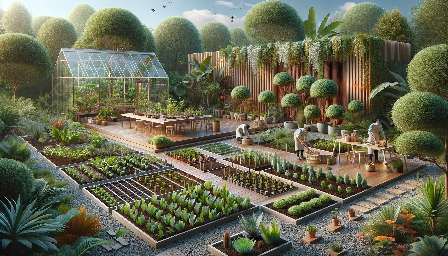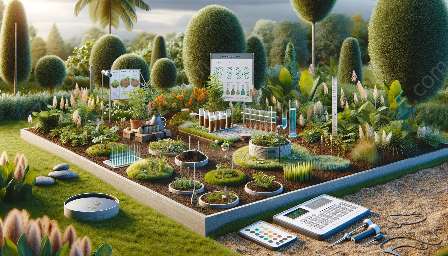Plant propagation, particularly with indigenous plants, plays a crucial role in gardening and landscaping. In this in-depth guide, we will explore the various propagation methods, the relevance of indigenous plants, and how to integrate them into stunning garden designs.
Understanding Plant Propagation
Plant propagation is the process of creating new plants from existing ones. It can be achieved through numerous methods, including seed propagation, cuttings, division, layering, and grafting. Each method offers unique benefits and is suited to different plant types and environmental conditions.
The Importance of Indigenous Plants
Indigenous plants are those naturally occurring in a particular region and have evolved to thrive in the local climate, soil, and ecosystem. They play a vital role in maintaining biodiversity, providing habitats for wildlife, and preserving the cultural and historical significance of a region. Incorporating indigenous plants into gardening and landscaping projects helps support local ecosystems and promotes sustainable practices.
Propagation Methods for Indigenous Plants
When propagating indigenous plants, it is essential to consider their specific requirements and characteristics. Seed propagation is a common method, particularly for wildflowers and certain trees. Cuttings, including stem, leaf, and root cuttings, are effective for many indigenous shrubs and perennials. Division is suitable for plants with clumping growth habits, while layering can be used for plants that produce flexible stems. Grafting, although more advanced, allows for the propagation of specific cultivars and rare indigenous species.
Sustainable Gardening with Indigenous Plants
Integrating indigenous plants into garden designs not only enhances the aesthetic appeal but also contributes to sustainable gardening practices. Indigenous plants typically require less maintenance, as they are well-adapted to local conditions, reducing the need for excessive watering, fertilizers, and pesticides. By creating gardens that showcase indigenous flora, individuals can help conserve native plant species and contribute to the overall health of the local environment.
Landscaping with Indigenous Plants
Indigenous plants can be used to create captivating and environmentally harmonious landscapes. By understanding the natural growth habits and environmental preferences of indigenous species, landscape designers can create beautiful and functional outdoor spaces that complement the surrounding environment. Whether used in naturalistic plantings, formal gardens, or habitat restoration projects, indigenous plants play a pivotal role in sustainable and ecologically sensitive landscaping.
Conclusion
Plant propagation, particularly with a focus on indigenous plants, offers an exciting avenue for gardeners and landscapers to explore. By utilizing various propagation methods and incorporating indigenous flora into designs, individuals can create breathtaking gardens and landscapes while supporting local ecosystems and preserving the natural heritage of a region. Embracing plant propagation and indigenous plants not only enhances the beauty of our surroundings but also contributes to the long-term vitality and sustainability of our gardens and landscapes.



